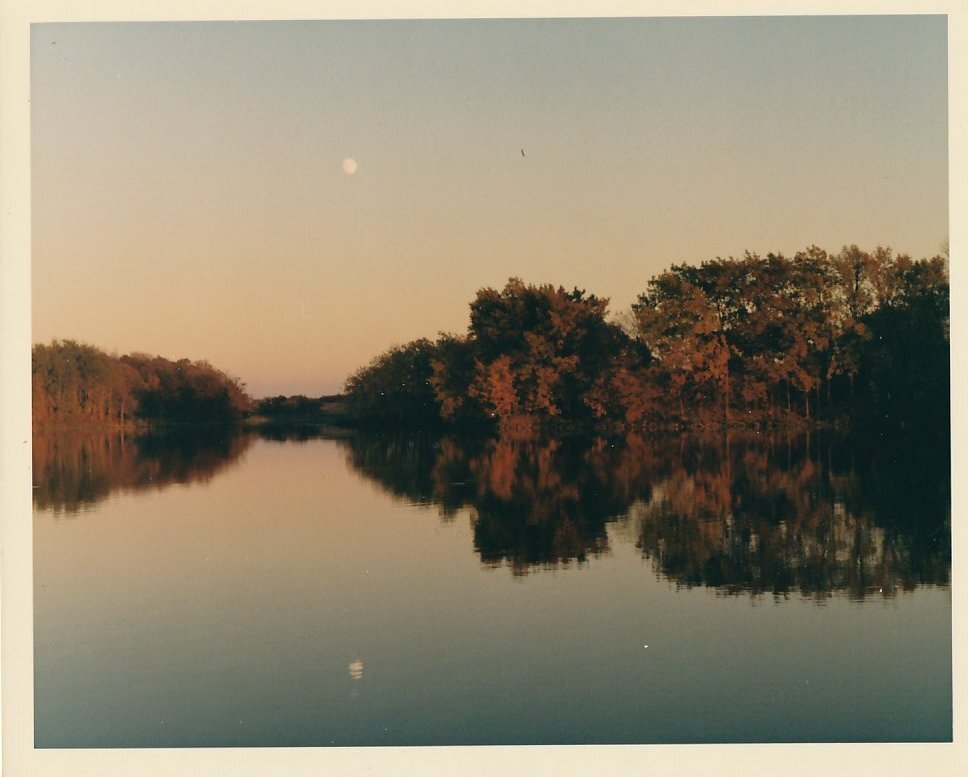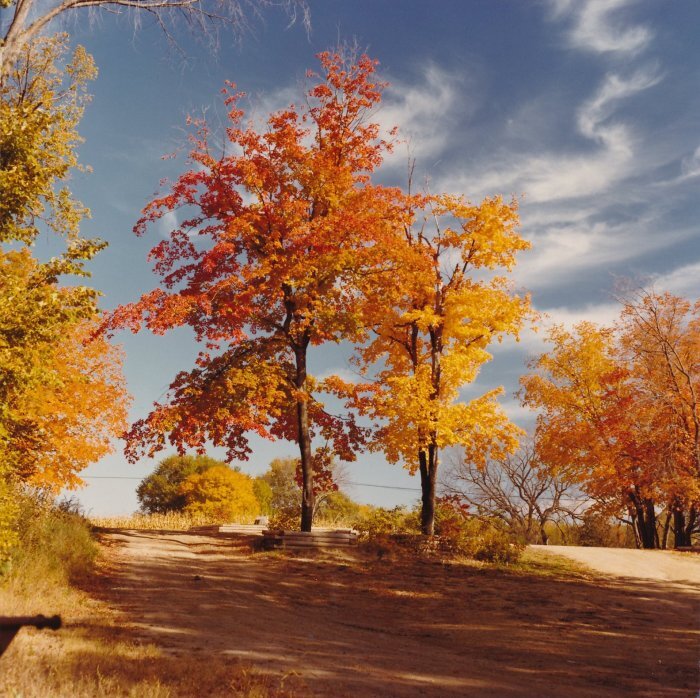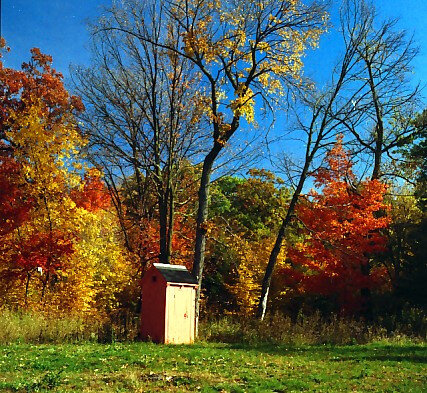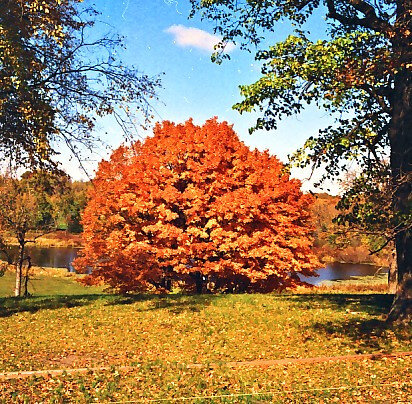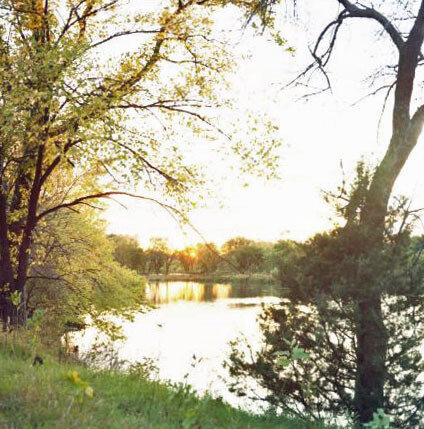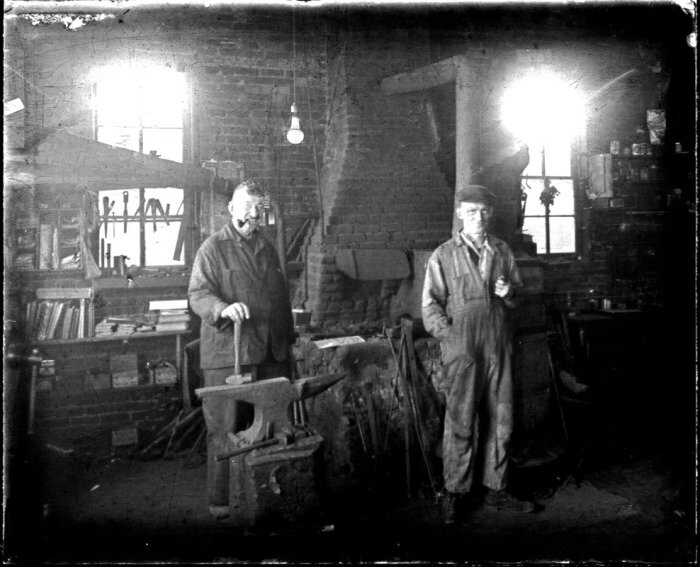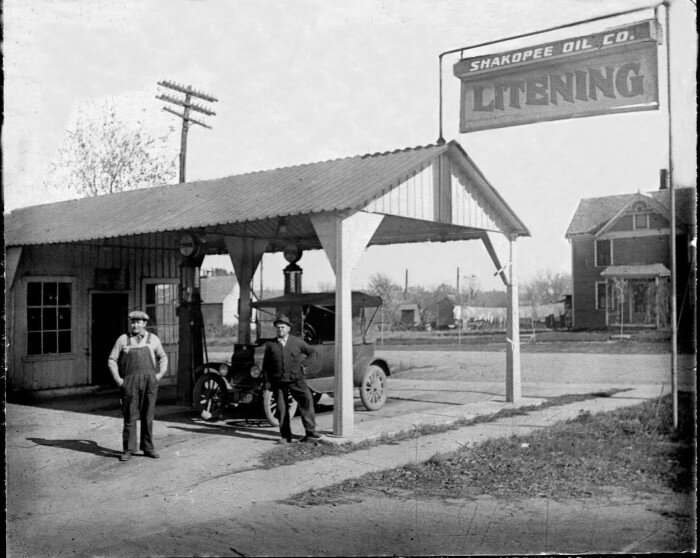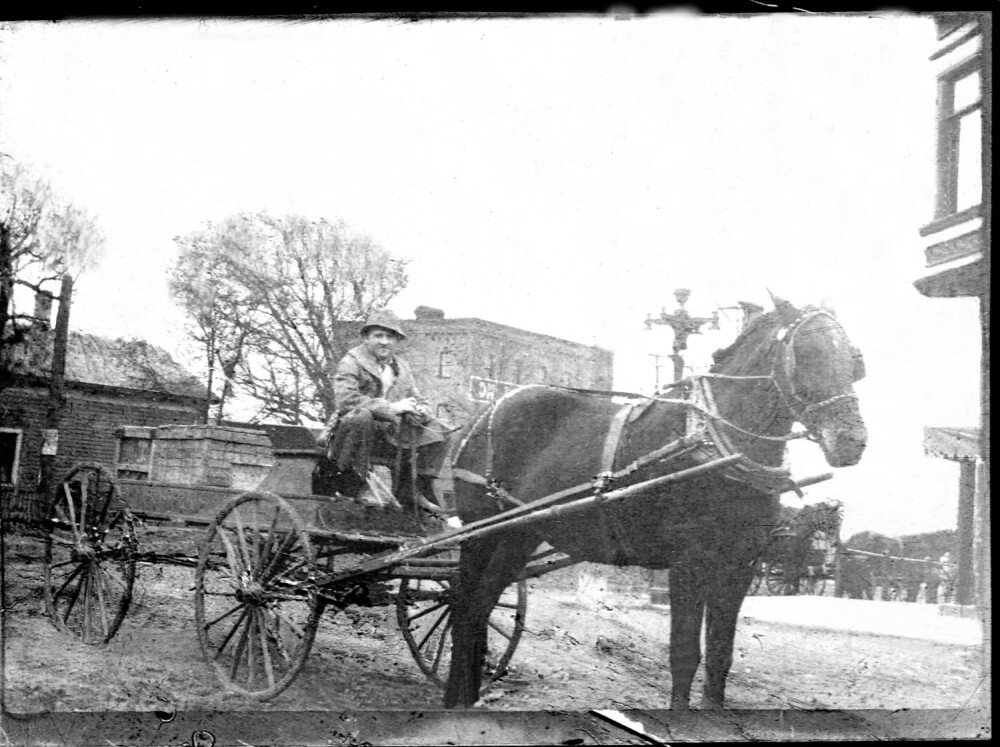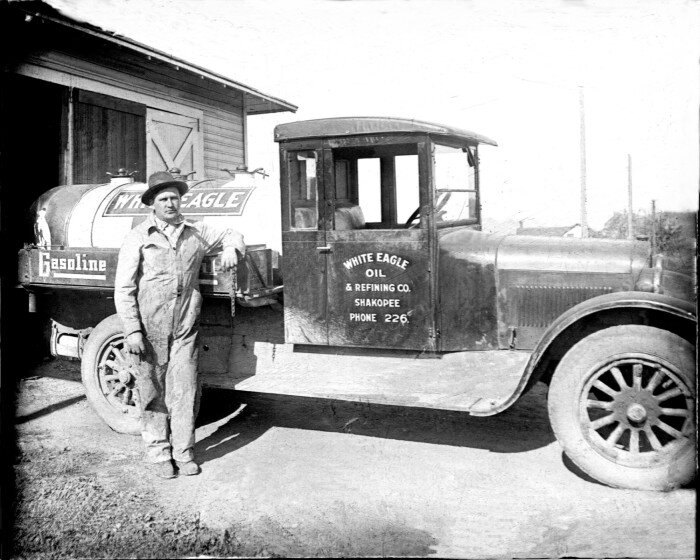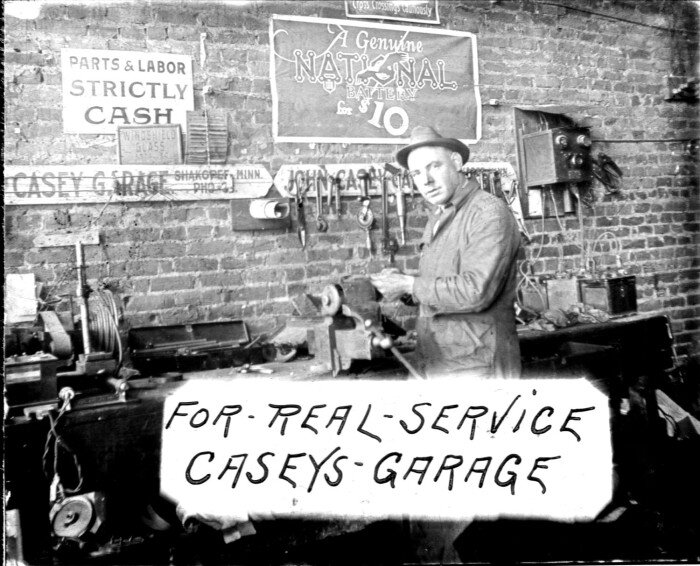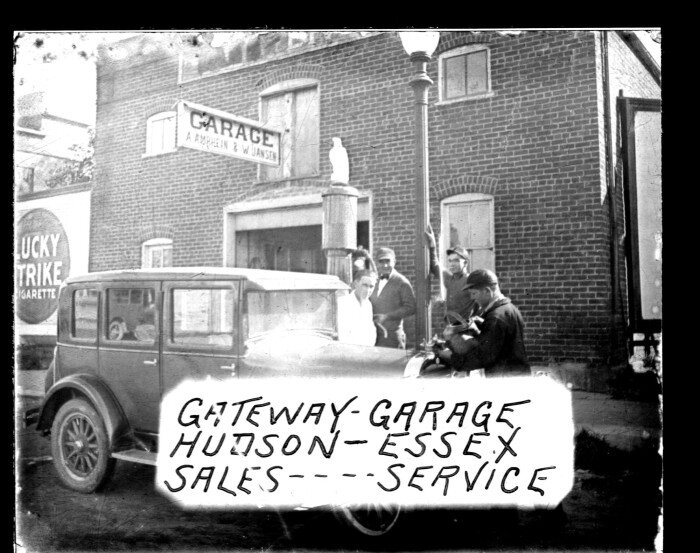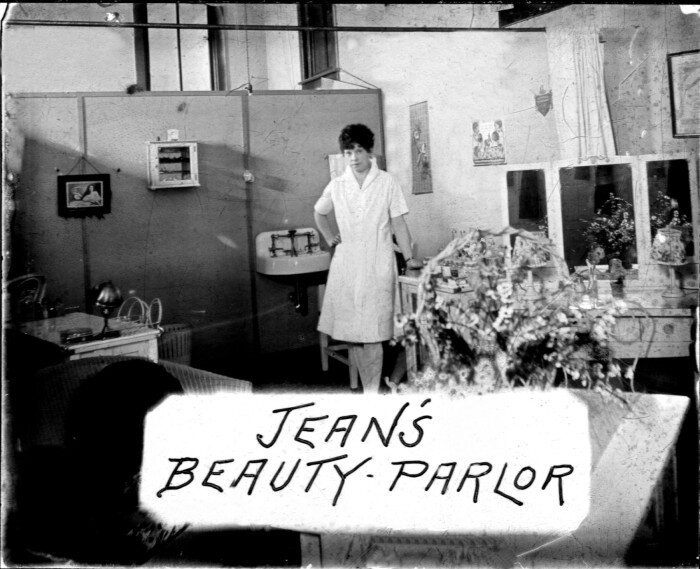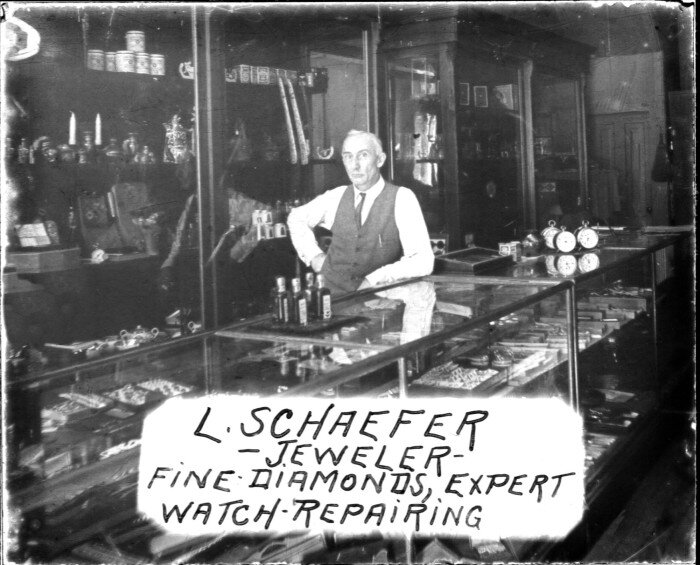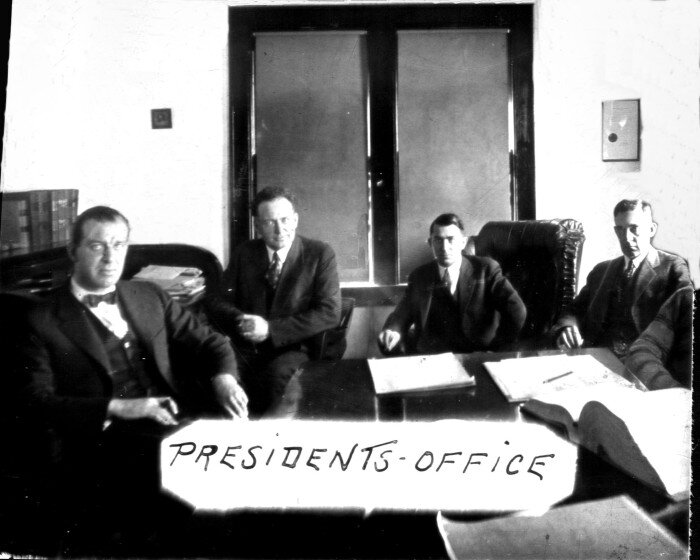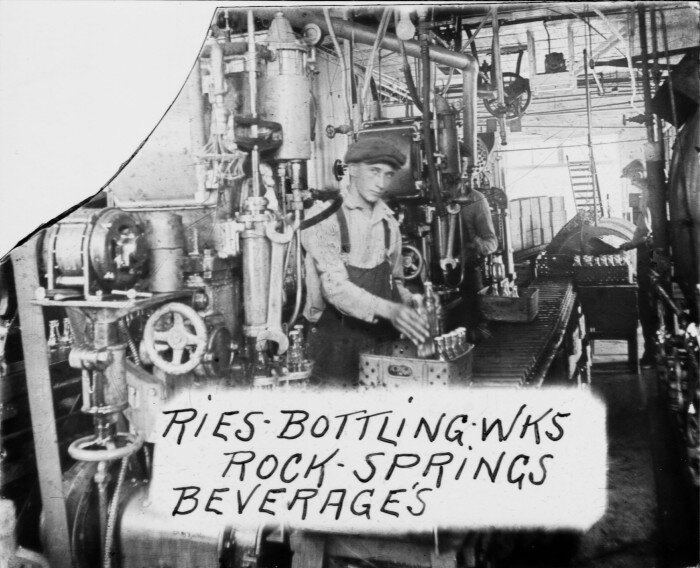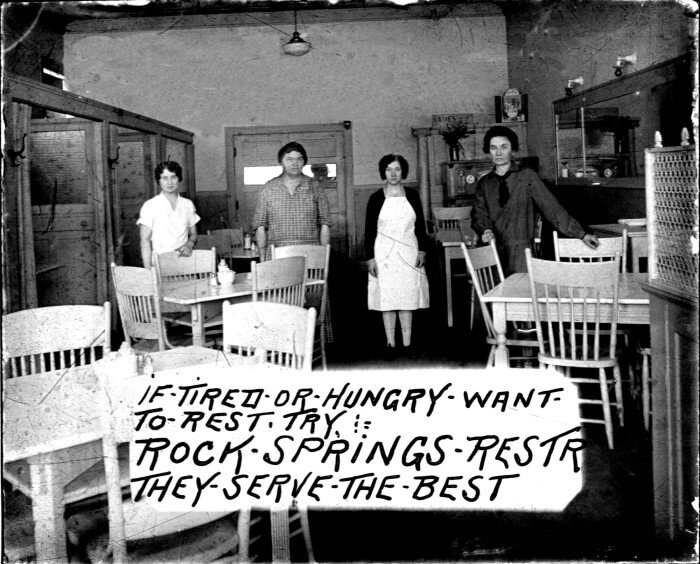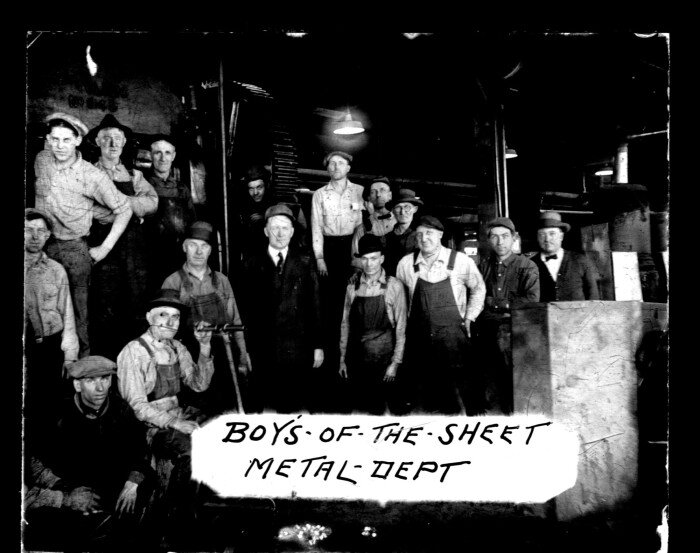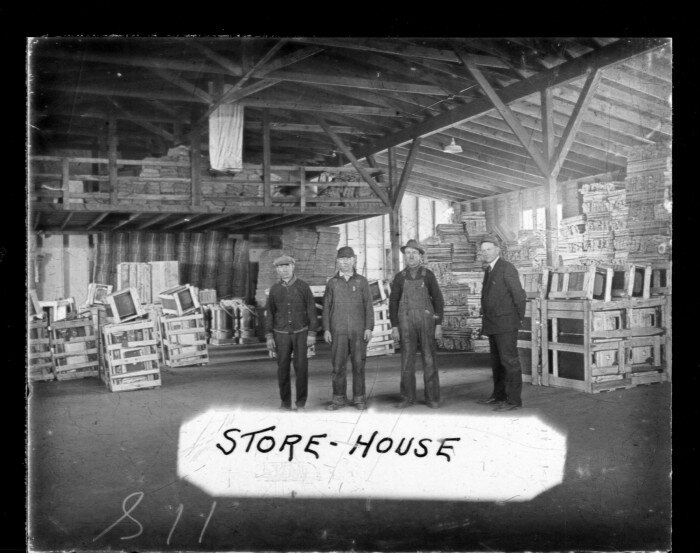Prohibition was not a popular edict in Scott County. With large German and Czech populations, Scott County resisted the closing of breweries and saloons- often used as community gathering spaces. We think of prohibition as a time of glitzy parties, slick gangsters, and glamorous speakeasies. In Scott County, residents were far more likely to share a clandestine bottle with friends, or stash a small still in the barn to supplement farm income. As prohibition grabbed headlines, life went on.
Below, find a selection of Scott County photographs from Scott County for each year that Prohibition was in effect, as well as selections from the papers that show how Prohibition impacted the county.
1920
American Range Workers, Shakopee, 1920. Photo from the SCHS collections.
Group in Belle Plaine, 1920. Photo from the SCHS collections.
Ice Skating on the Minnesota River near Shakopee, 1920. Photo from the SCHS collections.
Shakopee Tribune, July 9, 1920
Shakopee received an unheralded visit from federal prohibition enforcement officers Saturday evening and as a result MJ Doherty, local saloon men, appeared before HF Price, prohibition enforcement chief in Minneapolis on the charge of having moonshine liquor on his premises. Doherty said he bought the liquor and admitted to having colored the liquor and placed it in bottles. His case was taken under advisement.
Shakopee Argus, July 30, 1920
A raid of Ed Thiede’s saloon Wednesday morning about eleven o’clock was staged with a number of features that the proprietor claims were unnecessary and not in keeping with the usual conduct of federal officers… Mr. Thiede claims that the men, three in number, entered his saloon while he was engaged in counting money and that, without displaying their official badges or stating what their errand was, they ordered him to step out from behind the counter…one of the men advanced around the counter toward him and he backed away, upon which a second man jumped over the counter and struck him in the face …at the same time applying vile epithets to him… the men searched the saloon, basement and kitchen but found no liquor.
Jordan Independent, August 26 1920
A gasoline stove, a milk can, two barrels filled with soaking barley and other indications that certain forbidden drinks are being manufactured are not sufficient reason for anyone other then the owner to destroy property. William Kohler, a farmer, was soaking feed for hogs, he told the court. Leo Meyer thought he was violating the prohibition act. Mayer destroyed the ‘hog feed’ and the court fined him $20, the amount of damages asked by Kohler.
1921
Wedding in Belle Plaine, 1921. Photo from the SCHS collections.
Amanda Messerbank of Jordan, 1921. Photo from the SCHS collections.
View of the Minnesota River near Shakopee, 1921. Photo from the SCHS collections.
Shakopee Tribune, March 24 1921
Another raid by Federal Agents was made here last Saturday afternoon… The victim of the raid was Linus Vierling at whose place it was reported that quite of quantity of moonshine and home brew was found by federal agents and destroyed… The open violation of the laws of the United States in regard to liquor has passed the joke stage and it is time for the citizens of Shakopee and Scott County to awaken to this fact.
Belle Plaine Herald, Sept 1, 1921
Prohibition enforcement officers have been busy in Scott County the past few days. Stills southeast of Shakopee were raided Saturday and the owners arrested . On Monday raids were carried out in Jordan and Shakpoee, retail dealers being arrested, two in each town.
Shakopee Tribune, Oct 13, 1921
Prohibition will lengthy lifespans by 4 years said a temperance speaker… It will seem that much longer anyway
1922
Shakopee High football team, 1922. Photo from the SCHS collections
St Mark’s graduating class, 1922. Photo from the SCHS collections.
Jordan Independent, March 9, 1922
In a very well attended meeting at the Jordan Commercial Club held at the City Hall last Thursday night the rejuvenated organization showed a very lively spirit and interest in public affairs… A resolution related to prohibition was introduced. It was a statement asserting that prohibition is a failure and calls upon Congress to enact such legislation ameliorating the terms, conditions and provisions of the Volstead act…the action was passed without any dissenting votes.
Jordan Independent, June 1, 1922
It is reliably reported that a prohibition enforcement squad raided Belle Plaine last Saturday and caught every soft drink dealer excepting one with illicit liquor.
1923
Produce House in Belle Plaine, 1923. Photo from the SCHS collections.
Young man standing outside a home in Shakopee, 1923. Photo from the SCHS collections.
Shakopee Tribune, May 24 1923
“Bootleger Fooled when he Buys Tea for Liquor” says a headline. It’s a mean man that would swindle a poor bootlegger.
1924
Katherine Wolf Deutsch of Jordan. Photo of the SCHS collections.
Store in Shakopee, 1924. Photo from the SCHS collections.
Shakopee Argus, Nov 6, 1924
In the good old days it took years for a man to drink himself to death, but the modern man can catch up to him with a few swigs out of a bottle of moonshine
1925
DeMers Family, Shakopee, 1925. Photo from the SCHS collections.
Family driving in the Shakopee Fourth of July parade, 1925. Photo from the SCHS collections.
As Prohibition went on, Scott County newspaper headlines begin to take a darker turn. Gone are the quips about low-stakes arrests. Instead the focus turns to some of the real problems associated with moonshine. Health concerns and driving safety are at the forefront of the conversation.
March 19 1925, Belle Plaine Herald
“ A judge fined a man $200 and ordered him to the work house for 6 months for driving an auto on the street when he was so drunk he could scarce remember his name… personally we never like to see anyone in trouble with the law, but this thing of driving an auto while intoxicated is becoming a problem too serious to overlook…the public streets and public roads of this county must be made safe”
1926
August Herman, August Zaun and Alfred Zaun in Belle Plaine, 1926. Photo from the SCHS collections.
Shakopee Argus Tribune August 19th, 1926
Driving an automobile on our congested roads is a man-sized job for anyone who has a clear brain, and the moon-fogged fellow at the steering wheel has no business in any car…the automobile is a mighty dangerous weapon in the hands of one of these fellows. An uninvited guest always sits beside the drunken driver: The Grim Reaper.
1927
Genevieve McHugh of Shakopee, 1927. Photo from the SCHS collections.
Shakopee Argus Tribune, June 16, 1927
As a rule the drunken driver only wants one side of the road. Unfortunately It is your side.
1930
Arthur Bohnsack and Evelyn August in Belle Plaine, 1930. Photo from the SCHS collections.
April 4, 1930, Jordan Independent
“Americanism versus Prohibition” was the general title given to a forum discussion at a mass meeting conducted in Mertz hall in Jordan Tuesday Night… Mr Richter explained that the purpose is to bring about a solution to the problems and perplexities that they charge to the Eighteenth Amendment.
1932
Kenneth Shaughnessy of Belle Plaine, 1932. Photo from the SCHS collections.
Belle Plaine Herald, Feb 11, 1932
From “Argued Prohibition 50 Years Ago”- a Republican Party article
…Ten years ago the German vote was stronger in Scott, although the situation is probably the same today. But now we hear little complaint about prohibition from the Germans; they seem to get along without brewery beer just as well as the other nationals. Of course, a few may make a little home brew on the side, but so do the Irish, French, Yankees and the others. Perhaps if pioneer legislators knew what was in store for their successors they would have settled the liquor question once and for all. If they had banned the liquor traffic, most of us would probably have little knowledge or desire for intoxicants. We are working towards it, but with the present method of enforcement the day of real and total abstinence seems a long way in the future.
Shakopee Argus Trib, November 3, 1932.
From an advertisement for the Democratic party
Repeal Prohibition: Bring back Beer and Light Wines. That is the Democratic ticket. It is a vote for a repeal of the 18th amendment, It is a vote for the modification of the Volstead Law
1933
As you can see from the numbers to the left, Scott County voted solidly for the repeal of Prohibition in 1933.
Belle Plaine Herald, April 13, 1933
The new beer industry got off to a flying start in Belle Plaine last Friday. A suppl was at hand early in the morning and all the licensed retailers had a supply that looked big enough to meet any demand… however by mid afternoon the supply was exhausted. So many wanted to renew acquaintance with brewery beer after the long 14 year drought that it looked as if folks would have to be put on the quota basis.
New Prague Times, June 11, 1933
New Prague’s Brewery will be remodeled. Today marks the first activities in the awakening and rejuvenation of an important New Prague industry that has been dormant for some years.
Shakopee Argus Tribune, July 20, 1933
Brewery details are near completion. Present plans provide for converting the old flour mill here into a modern brewery the capacity of which has not been disclosed… men in close contact with the undertaking have much enthusiasm and express confidence in its successful outcome.
Compiled by Rose James, SCHS Program Manager























